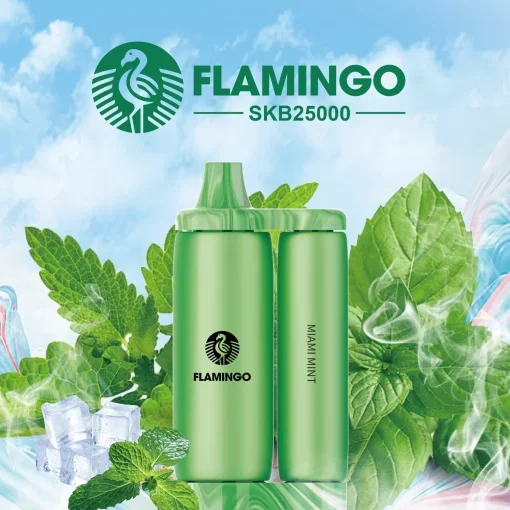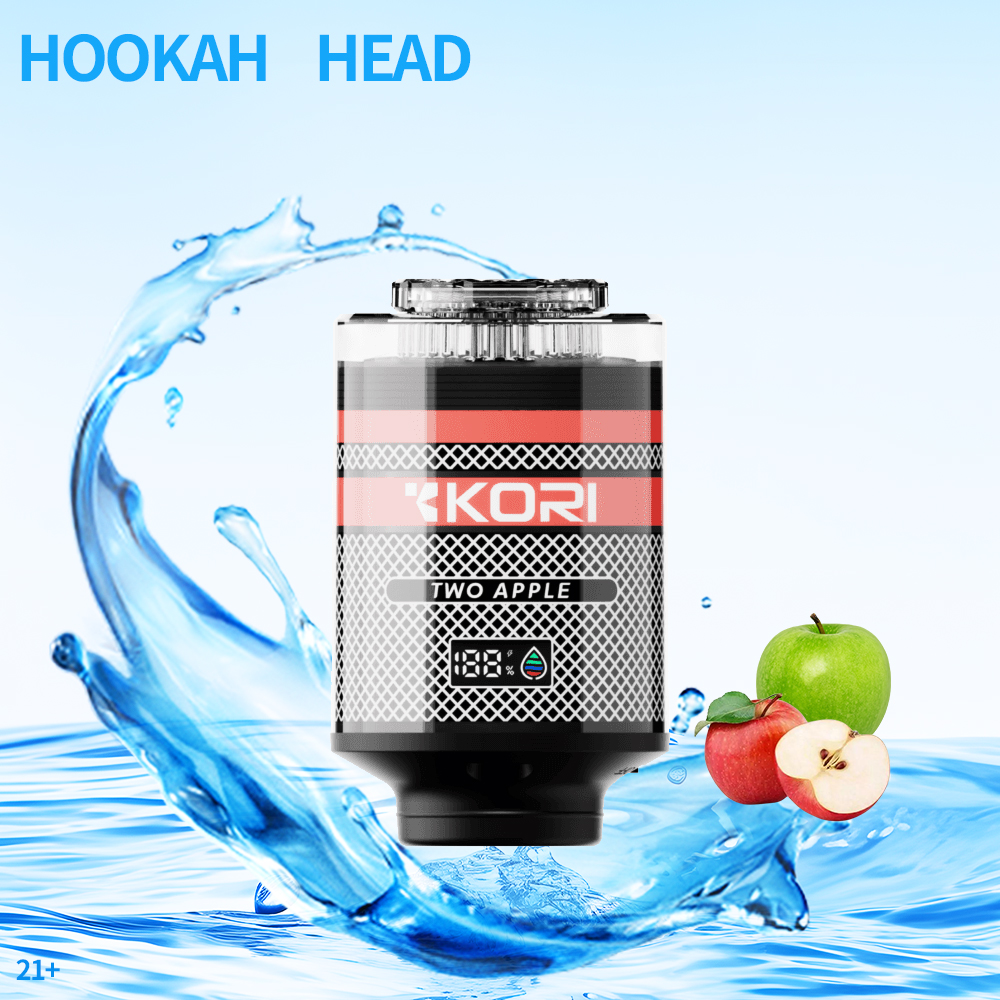Are Vape Shops Profitable? A Comprehensive Analysis of the Vaping Industry
The vaping industry has witnessed explosive growth over the last decade, shifting from a niche market to a mainstream alternative to traditional smoking. As consumer interest in vape products has surged, many entrepreneurs are looking to capitalize on this trend by opening their own vape shops. However, the question looms: Are vape shops truly profitable? In this article, we will delve deep into the factors influencing profitability in the vape shop market, helping aspiring business owners navigate the complexities of this booming industry.
The Rise of Vaping: A Market Overview
Vaping, which involves inhaling vapor produced by electronic cigarettes or similar devices, has become increasingly popular, particularly among younger demographics. According to recent statistics, the global e-cigarette and vaping market size was valued at USD 12.41 billion in 2021 and is expected to expand at a compound annual growth rate (CAGR) of 27.3% from 2022 to 2030. The rise in health consciousness, alongside a growing acceptance of vaping as a smoking cessation method, has contributed significantly to this growth.
Understanding Profit Margins in Vape Retail
Before diving into profitability, it’s crucial to understand the typical profit margins for vape shops. On average, the profit margins in the vape industry can range anywhere from 20% to 50%. The profitability of a vape shop can increase due to various factors:
- Product Selection: The assortment of products available, including e-liquids, devices, and accessories, significantly impacts profitability. Premium brands or unique product lines often yield higher profit margins.
- Location: Foot traffic plays a crucial role. Stores situated in strategic locations with high visibility and accessibility tend to perform better.
- Customer Experience: A well-designed store with knowledgeable staff can enhance the customer experience, leading to increased sales.
- Marketing Strategies: Effective marketing that targets the right demographic can drive more customers to the shop.
Startup Costs and Ongoing Expenses
When considering opening a vape shop, potential owners must also evaluate the initial startup costs and ongoing expenses. Here’s a general breakdown:
1. Initial Investment
Startup costs may vary significantly depending on the scale of the operation. On average, opening a vape shop can cost between $50,000 to $250,000. Key expenses include:
- Lease and Renovation: The cost of leasing a retail space and any renovations needed to make it appealing.
- Inventory: Purchasing an initial stock of vape devices, e-liquids, and accessories.
- Licensing and Permits: Compliance with local and federal regulations can incur additional costs.
2. Ongoing Costs
Beyond startup costs, vape shop owners must consider ongoing operational expenses, including:
- Rent: Monthly rent for the retail space.
- Utilities: Water, electricity, and other utilities necessary for daily operations.
- Payroll: Salaries for staff, if applicable.
- Marketing: Continuous marketing efforts to attract and retain customers.
Dynamics of the Customer Base
Understanding the demographics of vape consumers is essential for anyone looking to start a vape shop. Vaping has gained popularity among younger age groups, particularly millennials and Gen Z. These customers not only seek quality products but also prioritize brand authenticity and social responsibility. Here are some key considerations:
- Customer Loyalty: Building a brand that resonates with the target audience can lead to repeat business. Engaging with customers through loyalty programs or community events can foster loyalty.
- Social Media Presence: Effective use of social media platforms, like Instagram and TikTok, can be a powerful tool for marketing to the younger audience.
- Product Education: Providing resources about vaping safety and product usage can position your shop as a trustworthy source in the community.
Regulatory Considerations
The vaping industry is heavily regulated, and compliance can affect profitability. Business owners must be proactive in understanding local, state, and federal regulations related to vaping products, advertising, and sales. Failure to comply can result in hefty fines or, worst-case scenario, the closure of the business.
The Importance of Online Presence
In today’s digital age, an online presence is paramount. Many consumers prefer shopping online for convenience. Vape shops that incorporate e-commerce into their business model can expand their reach beyond their physical location, which is especially beneficial in a regulated environment where geographic limitations may come into play.
Strategies for Effective Online Presence:
- SEO Optimization: Utilize SEO best practices to enhance online visibility and attract organic traffic to the store's website.
- Content Marketing: Engaging content, such as blogs about the benefits of vaping, can educate customers and create brand loyalty.
- Social Media Marketing: Use platforms tailored to your audience to promote new products, customer testimonials, and special promotions.
Innovative Trends Shaping the Future of the Vape Industry
As the vaping industry continues to evolve, emerging trends will affect the profitability of vape shops:
- Health and Safety: Increasing consumer awareness regarding health effects will shape product development. Shops offering organic or cleaner vape options may attract health-conscious consumers.
- Customization: Personalized products, including customizable e-liquids and devices, can create a unique selling proposition for vape shops.
- New Technology: Incorporating technology like app-based controls for devices may appeal to tech-savvy customers.
Overall, opening a vape shop can indeed be a profitable venture if approached with the right strategy, knowledge, and tools to maneuver through the challenges of the industry. Understanding market dynamics, customer behavior, and ongoing trends plays a crucial role in establishing and maintaining a successful business in this ever-evolving market.





